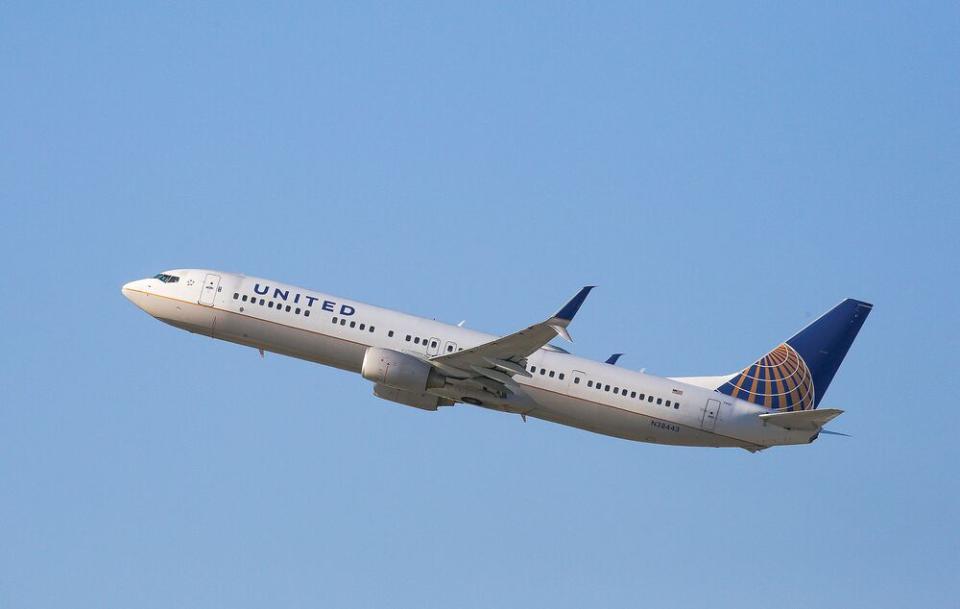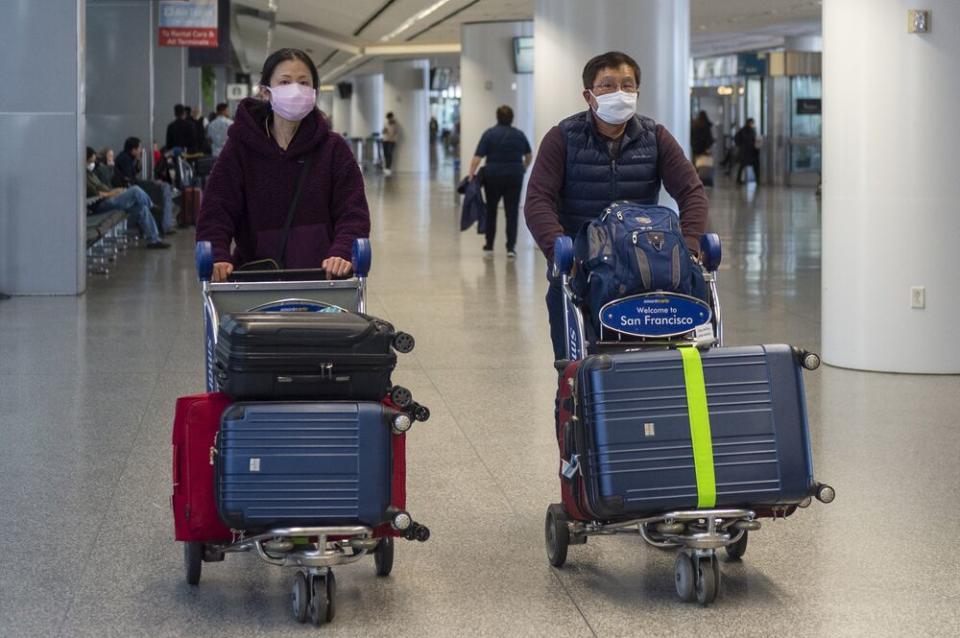Airlines Canceling Flights to Destinations Including Italy and Japan as Coronavirus Outbreak Spreads

In January, all three major U.S. airlines — Delta, United and American — suspended flights to mainland China amid the deadly coronavirus outbreak. Now, dozens of carriers, both domestic and international, are suspending or reducing the number of flights to affected areas outside of China, including Italy, Japan and South Korea, where cases of the virus are increasing rapidly.
Notably, British Airways and U.K. low cost carrier EasyJet have canceled flights to Milan, multiple outlets have reported, making them some of the first airlines to change routes to Italy after more than 800 cases were confirmed in the country’s northern Lombardy region, as of Friday.
Delta has canceled service on its Minneapolis to Seoul route and made other flights from the U.S. to the South Korean capital less frequent. Hawaiian has also suspended flights to Seoul.
United has suspended select routes to Japan, Singapore, South Korea, and Taiwan, according to Business Insider.
In the Middle East, Emirates has canceled flights to Tehran (Iran experienced a spike in coronavirus cases this week) and Bahrain.

United stopped flights to mainland China on February 6 and suspended them through March 28, the airline announced in January.
“In response to the continued drop in demand for travel to China and the U.S. Department of State’s decision to raise its China travel advisory to a Level 4, we have decided to suspend operations between our hub airport cities and Beijing, Chengdu and Shanghai beginning February 6 until March 28,” wrote the airline in a press release. “Until that date, we will continue to operate select flights to help ensure our U.S. based employees, as well as customers, have options to return home.
Delta said that they would be temporarily suspending all flights from the U.S. to China between Feb. 6 and April 30 .
“The last China-bound flight departing the U.S. will leave on Monday, Feb. 3 with the last return flight back to the U.S. departing China on Feb. 5,” the airline wrote in a press release. “The airline will continue to monitor the situation closely and may make additional adjustments as the situation continues to evolve.”
American Airlines said they would be halting all U.S.-China operations through March 27.
“Based on the U.S. Department of State’s recent increase of the China Travel Advisory to a Level 4 (Do Not Travel), American is suspending its operations to and from the Chinese mainland beginning today through March 27,” the airline wrote in a press release. “Our teams are contacting affected customers directly to accommodate their needs. We will continue to evaluate the schedule for March 28 and beyond and make any adjustments as necessary.”

Earlier this week, health officials urged Americans to start preparing for the likelihood that coronavirus will spread in the U.S. as the number of cases continue to rise nationally and in countries outside of China.
During a press briefing on Tuesday, the Centers for Disease Control said that a bigger outbreak in the U.S. is imminent.
“It’s not so much of a question of if this will happen in this country anymore but a question of when this will happen,” said Dr. Nancy Messonnier, director of the National Center for Immunization and Respiratory Diseases at the CDC. “We are asking the American public to prepare in the expectation that this could be bad.”
Never miss a story — sign up for PEOPLE’s free daily newsletter to stay up-to-date on the best of what PEOPLE has to offer, from juicy celebrity news to compelling human interest stories
Coronavirus is a blanket term for several respiratory illnesses, ranging from the common cold to more severe viruses such as Severe Acute Respiratory Syndrome (SARS). Symptoms typically include fever, cough, trouble breathing, headache and sore throat. For people who have severe cases, it can turn into pneumonia, SARS, and kidney failure and can result in death, according to the World Health Organization.
The first U.S. case of the coronavirus, which doesn’t have a known treatment, was reported in January. A man in his thirties who had recently traveled to Wuhan, China, and returned to the U.S. on Jan. 15 was diagnosed.

